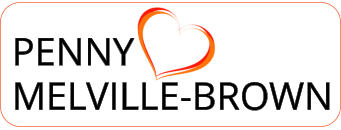Did you know? There’s funding available that can make work possible for disabled people.
I’ve just reviewed an RNIB report (Blind and partially sighted people of working age) that, amongst other things, says that blind and partially sighted people are less likely to work than other people with health conditions/disabilities and that getting to grips with adaptive technology can make all the difference.
They are absolutely right: having started with screen magnification, I soon needed a binder for all the 36 Bold documents that were too thick for a stapler. Now my screen reader means I’m paper-less but can still type e-mails and documents, use the internet and read text (although Facebook, Linked in and Twitter are all proving a step too far at the moment and pdf documents often don’t work with a screen reader).
All of this is thanks to Government Access To Work (ATW) support which funded the software and training. It also means that I have support workers to read the post and keep me and the PowerPoint slides in synch at training sessions.
ATW assistance is there for people with health conditions/disabilities who work (jobs or self-employment) and more. It means that employers don’t have to bear all the costs of special equipment or extra help – so there’s no excuse!
Bouquet of the week.

Hats off to the Royal Sussex County hospital in Brighton: although it’s not the easiest place to get around, they do have an excellent phone service where you can talk to a real human being rather than one of those awful automatic option systems which never quite match what you need.
And secondly to friend Sue who introduced me to fresh broad beans and helper Karen who thought I was mad to double de-pod them. Delicious!
Penny Melville-Brown
Disability Dynamics ltd www.disabilitydynamics.co.uk
Helping disabled people to work since 2000
